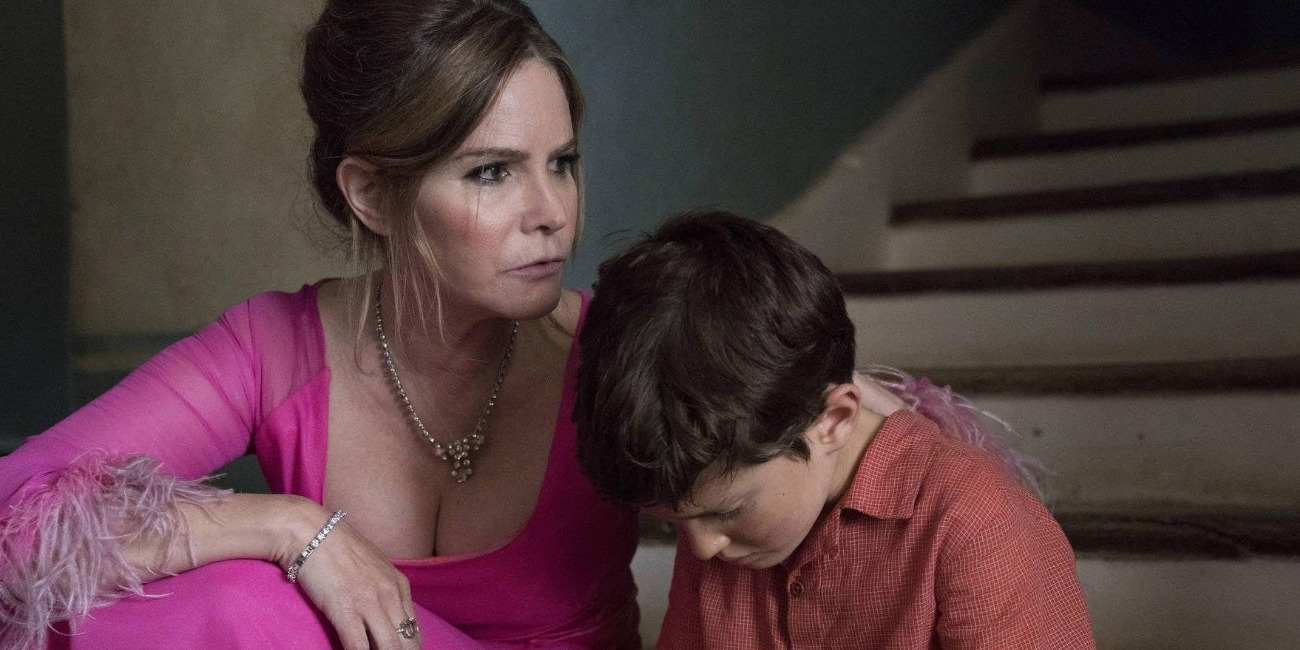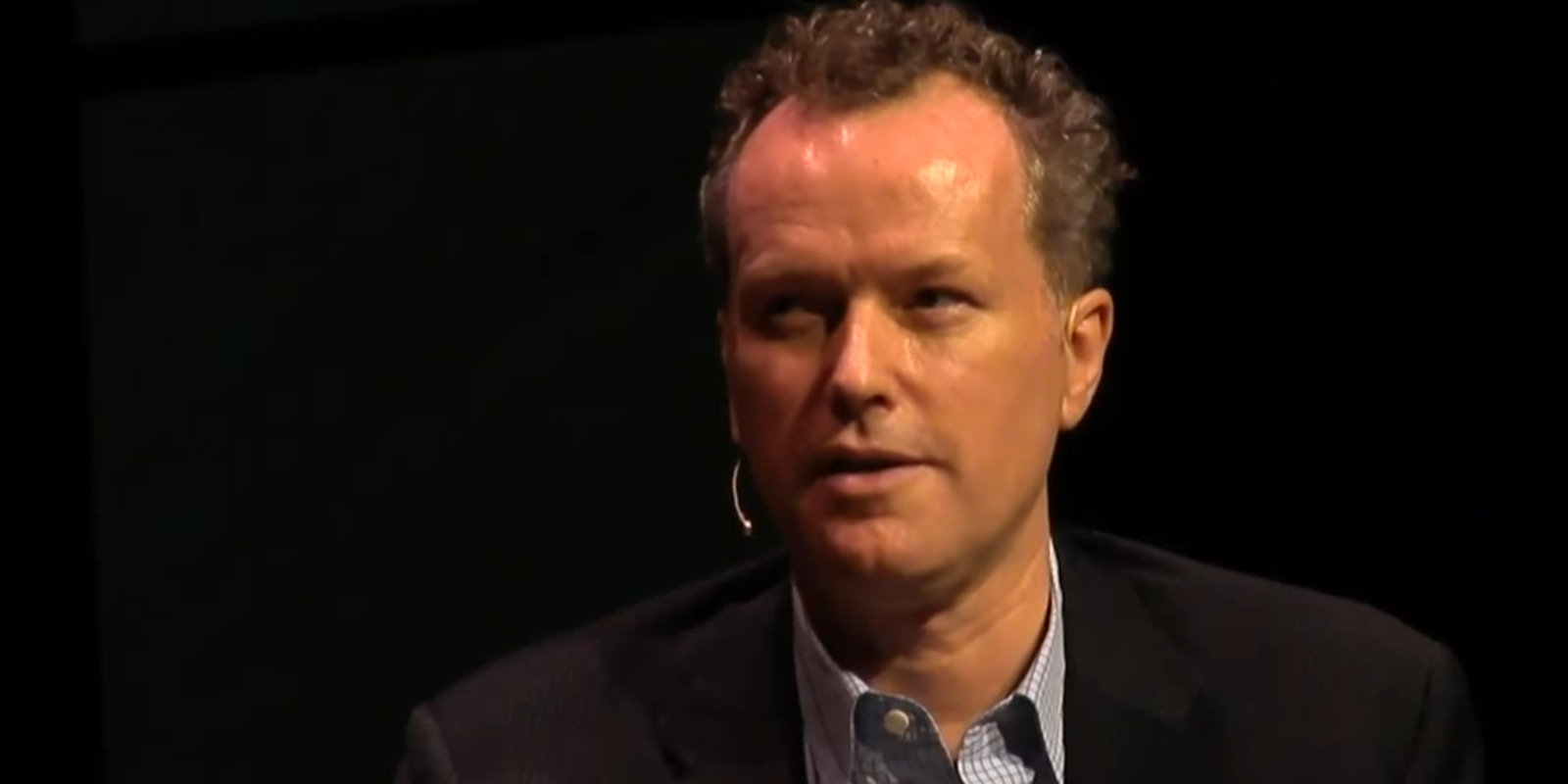‘Patrick Melrose,’ the 2018 drama show depicting the devastating life of the titular character, presents a heartfelt story about a man’s attempts at recovery after enduring gross abuse throughout his childhood. In his adult life, Patrick Melrose dives headfirst into substance abuse, passing his days perpetually high. However, once news of his father, David Melrose’s death arrives, it stirs something in Patrick, compelling him to attempt a journey toward rehabilitation. Nevertheless, the task remains easier said than done.
Through a non-linear narrative, the show delves into Patrick’s life, depicting the horrors of his childhood and the never-ending aftermath that follows him into his later years. Traveling through idyllic Southern France, somber London, and eclectic New York, Patrick’s life story remains brutally honest and empathetic in its portrayal of trauma and recovery. For the same reason, the storyline and the protagonist become shrouded in realism that is bound to make the audience wonder about a possible real-life connection. SPOILERS AHEAD!
Patrick Melrose: The Psuedo-Autobiography of Edward St. Aubyn
Showtime’s ‘Patrick Melrose’ is a television adaption of the eponymous novels by Edward St. Aubyn. Thus, each episode finds a basis in one of St. Aubyn’s books, from the 1992 debut novel, ‘Never Mind,’ to 2011’s fifth and latest addition, ‘At Last.’ Interestingly, each episode is also named after the best-suited installment within the literary series. Like the show, the books chart the life story of Patrick Melrose from when he was five years old and already suffering the brutality of his father’s sexual, physical, and mental abuse. With each new installment, Patrick’s life moves forward, bringing further revelations and complications.

St. Aubyn’s work remains deeply entrenched in realism, with the narrative finding the perfect balance between raw authenticity and a sense of comic. The same stems from the fact that Patrick Melrose’s tragic literary life is actually based on the author’s own deeply personal experiences. While Patrick isn’t entirely an autobiographical counterpart of the author, the character certainly serves as an alter ego with one too many shared experiences to overlook.
Sharing Patrick’s financially wealthy background, St. Aubyn was born to Roger St. Aubyn, a former Hussars officer, and Lorna, heiress to a wealthy family fortune. As a child, he grew up in southeastern France in the Provence region, where his family owned a lavish estate. Nevertheless, despite the scenic backdrop, St. Aubyn’s early childhood unfolded in a nightmare. From the early age of three, Roger consistently raped and abused his son— then known by his nickname “Teddy.”
In turn, while St. Aubyn’s mother, Lorna, was a victim of Roger’s sadistic behavior herself, she also remained complicit in her son’s mistreatment by remaining in oblivious denial of his longstanding abuse. Eventually, at eight years of age, in a hotel room, St. Aubyn finally took a stand for himself and stopped his father’s abusive behavior. “I thought he’ll [Roger St. Aubyn] probably kill me, but I can’t— I’m going to stop him if I can,” the author told The New Yorker in a conversation in 2014.
Afterward, at 11, St. Aubyn moved to London, attending the Westminster School. However, his traumatic upbringing remained a heavy weight on his young shoulders, which steered them down the path of drug abuse. As such, even as a pre-teen, the to-be author was already using heroin and cocaine. Thus, drug addiction and frequent overdoses became a pattern for him as he aged into young adulthood. Eventually, a switch flipped at 25 when his father Roger died, and St. Aubyn found himself traveling to New York to collect his ashes— a moment where his second novel, ‘Bad News’ and the show’s pilot episode commence.

While St. Aubyn’s reality remains considerably synonymous with Patrick Melrose’s story so far, the two narratives depart in similarities from there. After his father’s death, St. Aubyn found himself filled with an inclination to write. By then, St. Aubyn was an Oxford graduate, living on the inheritance he came into after his grandmother’s death. Although he had already dabbled in writing through poetry in his youth and made contributions to the Tatler magazine, his first endeavor into novel writing came from penning down a story about his father.
Still, it wasn’t as if Roger’s departure magically soothed over St. Aubyn’s past trauma. In those years, the man remained highly suicidal as he fought a push-and-pull battle against his addiction. Eventually, a failed suicide attempt pushed the author to seek professional help. While Patrick’s life— on paper and screen— shares many of these elements, they also depart from St. Aubyn’s life, particularly in relation to his writing profession and therapy sessions. Still, even in penning Patrick’s adulthood, St. Aubyn ends up mining from his own life, such as his mother Lorna’s flippancy toward his childhood abuse and attempts to turn their family home in Provence into a New Age retreat.
Therefore, Patrick Melrose’s character and story remain intricately intertwined with its creator’s lived reality. When speaking about the same to The Standard, St. Aubyn said, “The novels are rooted in experience. I’m not for a second pretending that their emotional concerns aren’t my emotional concerns— but they are not [an] autobiography. I wanted the freedom to blend, to compress, to conflate, to reframe, to do all the things that a novel can do. I’m interested in the transformative power of doing that, of taking things which were very chaotic and making them lucid, taking things that were very disturbing and making them funny.” Thus, ultimately, with notable ties to St. Aubyn’s life as well as departures, Patrick Melrose remains deeply inspired by the author’s own experiences without recreating an exact biographical account of them.
Read More: Best Drug Addiction Documentaries on Netflix


You must be logged in to post a comment.